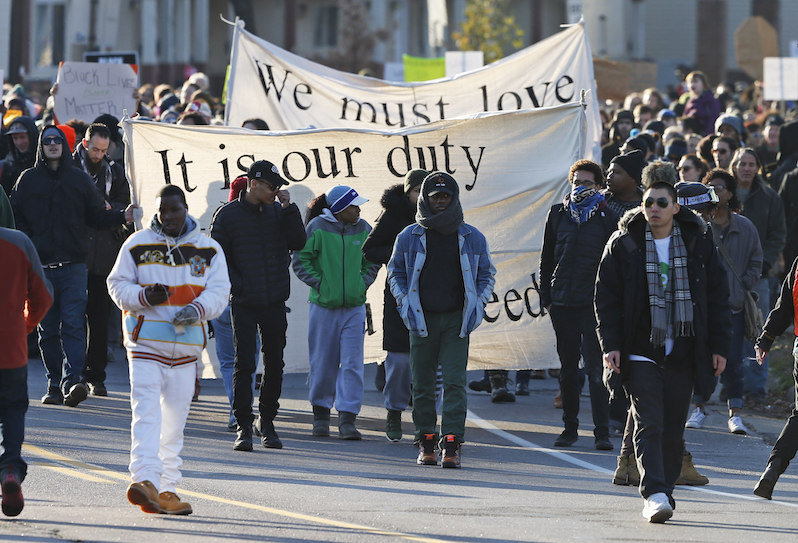Why Black Lives Matter Is the Movement of the Year
The movement's innovative and committed activism has renewed the struggle for racial justice In 2015, no other progressive cause in the United States came close to its perseverance and creativity The movement's innovative and committed activism has renewed the struggle for racial justice. Black Lives Matter activists march in Minneapolis in November. (Jim Mone / AP)
1
2
Black Lives Matter activists march in Minneapolis in November. (Jim Mone / AP)
1
2
With an uncertain future and a new administration casting doubt on press freedoms, the danger is clear: The truth is at risk.
Now is the time to give. Your tax-deductible support allows us to dig deeper, delivering fearless investigative reporting and analysis that exposes what’s really happening — without compromise.
Stand with our courageous journalists. Donate today to protect a free press, uphold democracy and unearth untold stories.









You need to be a supporter to comment.
There are currently no responses to this article.
Be the first to respond.